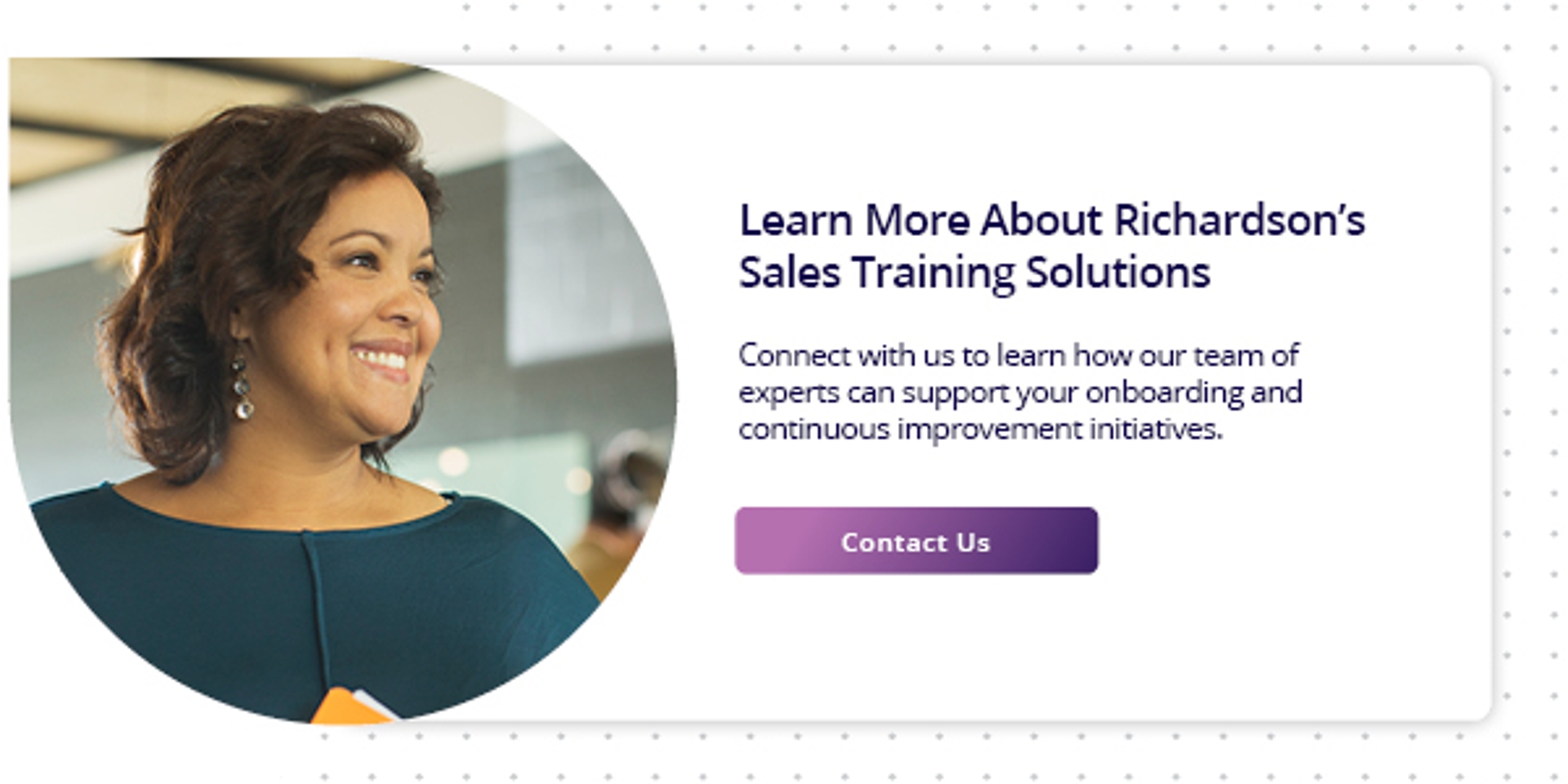7 Powerful Benefits of Sales Enablement
Sales enablement

The Connection Between Sales Enablement and Sales Team Success
Sales can often be a sink-or-swim role. Sellers can find themselves on their own trying to build product knowledge, get to know their target customers, and try to find the best way to approach their territory to generate results and meet their goals. Of course, some sellers will find their way and swim, but others will struggle and sink or take longer to be successful in their role. Having sellers sink and not succeed can be costly to an organisation that has just invested time and resources into hiring and onboarding those sellers.
Organisations don’t have to take this approach. Sales enablement can help get your sales reps swimming in the right direction by providing them with the knowledge, content, resources, and tools they need to be effective in their role.
It’s a function that involves aligning key departments of the organisation such as sales and marketing to collaboratively meet sales and revenue goals.
Without sales enablement, sellers often encounter challenges keeping up with industry trends, accessing the right training, and effectively using time and resources.
7 Benefits of Sales Enablement
Implementing a sales enablement programme can help reduce missed opportunities, drive business results, and enhance the customer experience.
Here we explore seven powerful benefits of sales enablement in greater detail.
Increase Revenue and Profitability
The goal of your sales team is to generate revenue.
Equipping your sellers with the resources to be effective in their role will increase the likelihood that your organisation will achieve its revenue goals.
Sales enablement initiatives improve revenue generation by increasing sales efficiency and effectiveness. When your sellers have the right knowledge, tools and resources readily at their disposal you’re likely to experience shortened sales cycles, more closed deals, and higher revenue.
Boost Sales Productivity
Sales enablement helps streamline and automate various sales processes, reducing administrative tasks and allowing sales representatives to focus on selling.
Sales tools, like Richardson’s CRM-Enabled Workflow Tools, help to automate processes and increase efficiency. Sales enablement tools can also provide information to others in the sales organisation and other internal colleagues facilitating increased internal communication and collaboration.
Creating alignment between other teams in the organisation, especially marketing, is a way to ensure that all departments aren’t working in a silo. Sellers can share vital information from the field and marketing can provide content, and resources to help sellers efficiently develop customised sales pitches. This leads to increased productivity and more time spent on revenue-generating activities.
Accelerate Ramp-Up Time
Too often sellers struggle to start generating revenue.
Sales enablement programmes accelerate the onboarding process for new sellers by ensuring they have skills and product training, an understanding of the sales process, and best practices.
This sales enablement-led onboarding process decreases the time it takes for a new seller to be productive in their role. Onboarding and ongoing training are some of the most critical pieces of helping sellers get settled in their role and continue to build skills, but they are often neglected. Many companies are still taking an informal approach to onboarding with no set training curriculum in place. This can impact sellers’ effectiveness, impact revenue, and can also contribute to turnover and increased acquisition costs to hire sellers.
Sales enablement brings a systematic approach to learning where content can be created and distributed as needed. Analytics can provide insights into how sellers are engaging with training content and help identify additional training opportunities.

Maximise ROI on Technology Investments
Part of a sales enablement initiative is to identify the most critical needs for technology within your organisation.
By understanding the big picture of your organisation’s goals and pain points, sales enablement teams can align technology investments with these specific goals.
Whether it’s lead generation, better pipeline management, or improved training content, a focused approach ensures that resources are allocated where they are needed most.
Once sales enablement strategies and technology are deployed, measurement is an important component.
Success is continuously measured by tracking metrics such as win rates, adoption rates, and content effectiveness, so you can assess the impact of technology investments. Modifications can be made based on real-time data to maximise ROI.
RELATED: Explore the Critical Metrics Every Sales Organisation Needs to Measure
Consistent Messaging
Effective sales enablement ensures that sellers have access to up-to-date, consistent messaging and sales collateral. This consistency is vital for creating trust with prospects and customers and clearly communicating a compelling value proposition.
When customers and prospects receive consistent messaging throughout the buying journey, there is less confusion and fewer conflicts. This can result in alignment among customer stakeholders as well as a quicker close. Repetition of key messages reinforces your brand image. Whether in emails, presentations, or phone calls, a unified message strengthens brand recall.
Improved Customer Engagement
In today’s sales environment, buyers have access to a wider range of information. To best connect with customers, sellers need to create value in the sales process. Sales enablement equips sellers with the insights and resources needed to spark interest and better understand customer needs and preferences.
This will lead to more personalised and relevant interactions, which can result in higher customer satisfaction and an enhanced customer experience. Sales enablement tools can increase sellers’ agility in customising solutions that address priority needs.
RELATED: Explore the Differences Between Sales Enablement and Sales Engagement
Data-Driven Decision-Making
Sales enablement tools often incorporate analytics and reporting features that allow sales leaders to track and analyse sales performance. This data-driven approach helps identify areas for improvement and helps leaders make informed decisions.
Beyond sales pipelines and sales performance, sales enablement tools provide valuable insights into customer behaviour and market trends. By analysing this data, sellers can give sales leaders more accurate sales forecasts, which are critical to both sales leadership and the organisation.
This data enables sales managers and sales executives to provide realistic forecasts to the organisation, which is important for planning, making informed decisions on how to best allocate resources, and setting realistic sales targets. Further, by consistently using available data to manage opportunities, sellers can identify potential risks or challenges, and take proactive measures to address them.
How to Start Realising the Benefits of Sales Enablement on Your Team
Implementing a sales enablement approach is an invaluable strategy that can offer impressive benefits to your organisation. Increased revenue, sales productivity, and data-driven decisions are beneficial to the organisation and to sellers.
Sellers gain confidence as they quickly get up to speed and are productive in their role without getting frustrated trying to navigate a new organisation.
Customers appreciate the insights into their buying process that create value and opportunities to move through the sales process to close more quickly.
Sales enablement isn’t just a buzzword; it’s a strategically important approach for organisations seeking to achieve their objectives in today’s complex environment. An investment in achieving sales enablement best practices is a potent strategy to strengthen your sales team’s potential and drive results.
Get industry insights and stay up to date, subscribe to our newsletter.
Joining our community gives you access to weekly thought leadership to help guide your planning for a training initiative, inform your sales strategy, and most importantly, improve your team's performance.















